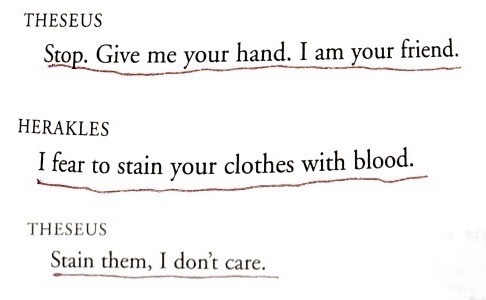#folklore the book
Text
Hello everyone, and welcome to the blog that is here to hopefully keep me motivated to write.
Those of you who are already following me likely came from AO3. So you all are a bit aware of the concept for this book. However, there are going to be many changes to the original story, as I'm sure you all guessed. I'm happy to answer any questions, excited even! I hope to share art, progress work, and more here while I work on this.
In the meantime, here is the basic jist. This story is an adult dark romance novel, focused on a jaded lich and a human woman. This story is heavily themed around reincarnation, Celtic folklore and Arthurian legends. Previously the story was very loosely based on a Japanese demon from myth, but since I'm rewriting this with more knowledge behind my work, I'm revisiting my roots.
The biggest difference from the original story as some of you know it, is that the main character is now an adult, bisexual woman. As a bisexual woman myself, there will be some queer tones in this story, but I wanted to write a character I could fully understand as I do myself. Hope that makes sense.
Eldritch horror, psychological horror, monster fucking, and more will come up in this story. I'm likely missing some things here but I'm sure I'll remember and share as I go. My next step is to make some character sheets for at LEAST the two main characters if not others.
Please feel free to ask me any questions!
10 notes
·
View notes
Text


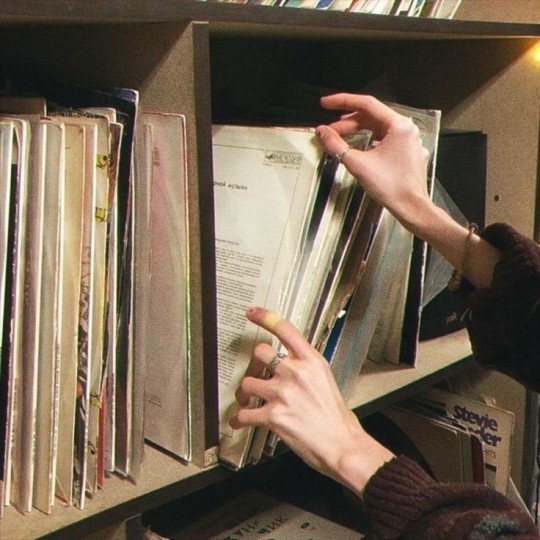
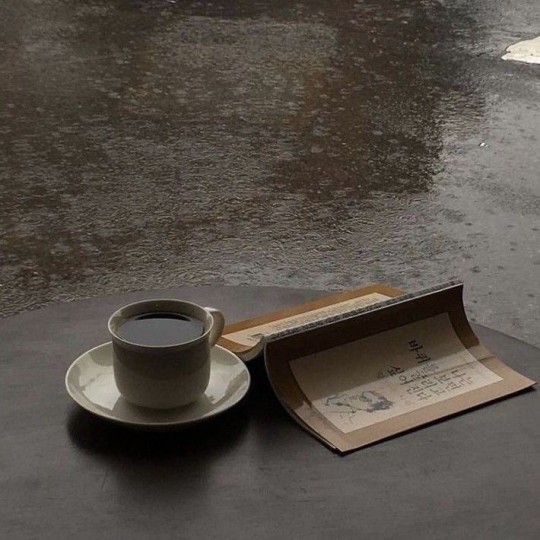

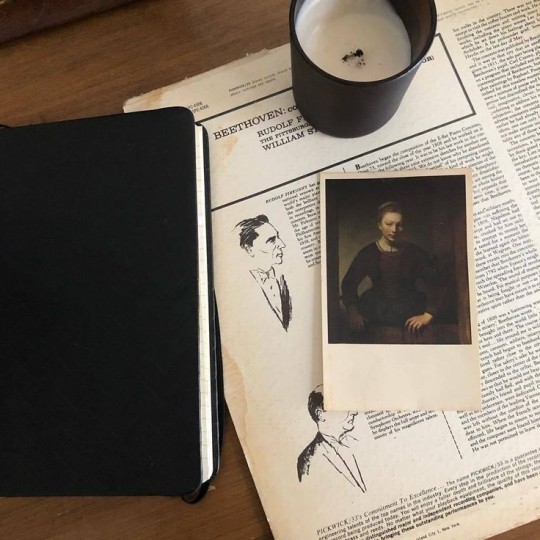
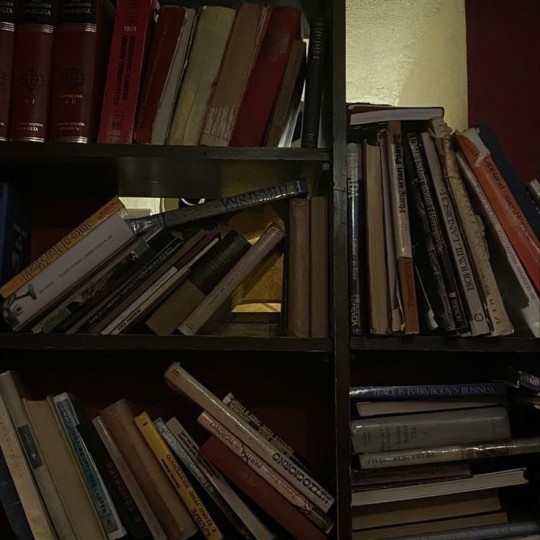
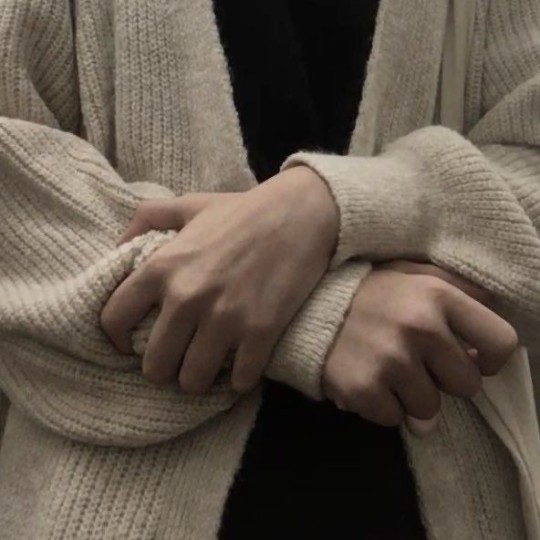

I can't dare to dream about you anymore
#aesthetic#dark academia#coffee#art#books#academia#college#studyblr#light academia#literature#Moodboard#Winter#dark acadamia aesthetic#dark academia moodboard#light academia moodboard#Chaotic academia#Quotes#Folklore#Evermore#Midnights#Reputation tv#taylorswift#Swiftie
6K notes
·
View notes
Text

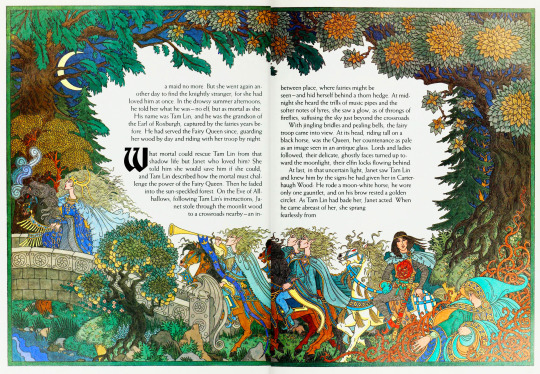


Jill Karla Schwarz, 'Tam Lin', ''Fairies and Elves'', 1984
Source
I'm going to use this post as the perfect opportunity to direct you to my favorite song from the folk band Fairport Convention from their 1969 album 'Liege & Lief', Tam Lin (which, I'm sure, I've posted about at some point)
#Jill Karla Schwarz#american artists#Tam Lin#scottish ballads#scottish folklore#time-life books#fairies#elves#fairport convention#folk songs
2K notes
·
View notes
Text
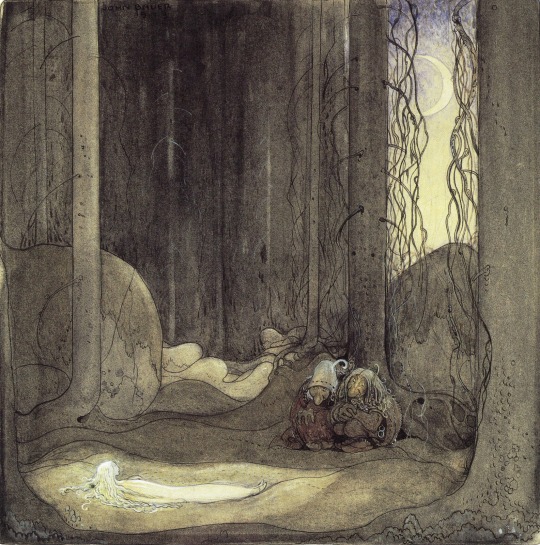
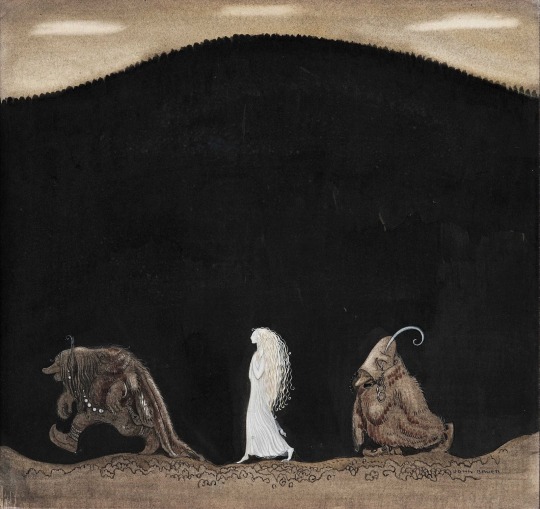

The Changelings, from Cyrus Graner's Among Gnomes and Trolls 7 by John Bauer (1913)
#john bauer#art#illustration#golden age of illustration#1910s#1910s art#vintage art#vintage illustration#vintage#swedish artist#swedish art#books#book illustration#swedish folklore#fairy tale#fairy tales#fairytale art#classic art
2K notes
·
View notes
Text



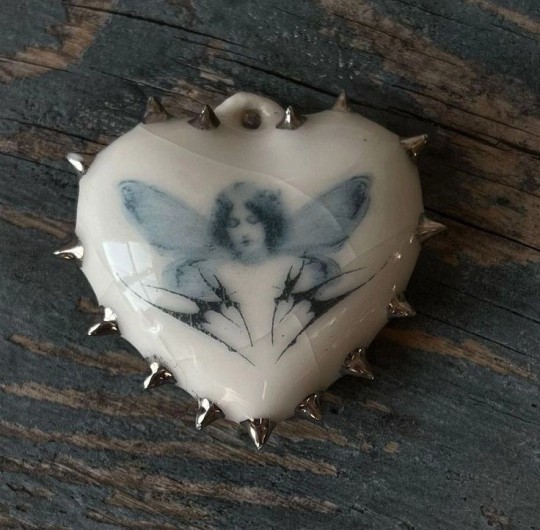

-ˋˏ ༻❁༺ ˎˊ-
#dark academia#moodboard#light academia#light academia moodboard#dark academia moodboard#romantic academia#art academia#soft academia#dark academia aesthetic#nostaligiacore#light acadamia aesthetic#chaotic academia#books#bookworm#dark academia quotes#coffee#cottagecore#gilmore girls#bella swan#literature#classic academia#aesthetic#taylor swift#the tortured poets department#quotes#folklore#evermore#cardigan#studyblr#grungy aesthetic
644 notes
·
View notes
Text

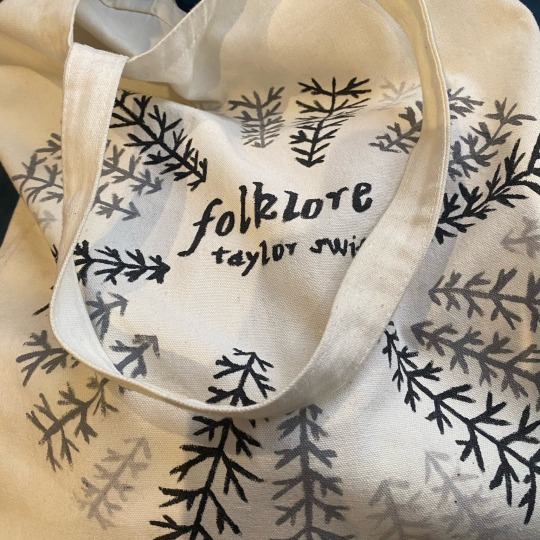


our professor said that hepatitis B is probably the most complicated human infection and I have to admit he was right 😮💨
#mine#studyspo#studyspiration#study motivation#study notes#medical study#study space#med student#study#student#study tips#med studyblr#medical studyblr#study aesthetic#study blog#studyblr#studyblr community#studygram#studyinspo#med school#medblr#medical school#book blog#taylor swift folklore#folklore#study hard#bookblr#taylor swift
651 notes
·
View notes
Text

#ancient greek#greek mythology#mythology and folklore#creative writing#books and reading#books#life quotes#light academia#writing#lifestyle#quotes#poetry#poetic#the tortured poets department#writers and poets#dead poets society#poets corner#poetsandwriters#greek gods#greek myth art#books & libraries#fanart#romance#love quotes#love#romantic#romance quotes#fanfic#dark academia#classics
459 notes
·
View notes
Text
Taylor Swift is a Female Rage icon? Get a Grip.
I’ve just received word that Taylor Swift is calling her show “Female Rage: The Musical.” Here is my very much pissed off response to that nonsense:
The phrase, Female Rage has an intimately rich history:
Some of the first accounts of female rage dates to the Italian renaissance. To be clear, women in those days were not allowed to become painters- the arts were seen as the domain of men. They did not believe that women have rich inner lives capable of delivering the type of artistic innovation with which renaissance men were obsessed.
However, rebels abounded, through the might of their fucking rage. Several women created some of the most compellingly emotional paintings I’ve ever fucking seen. They did it without permission, without financial support, and often under the threat of punishment. They did it as a protest. In paintings like “Timoclea Killing Her Rapist” by Elisabetta Sirani (1659), and another by Artemisia Gentileschi “Slaying of Holofernes” (1612) as it depicts the bravery of Judith as she slayed a traveling warlord out to rape Judith and enslave her city. The painting often is referred to as a way Artemisia was envisioning herself as slaying her rapist. These paintings were used against these women as proof that they were unfeminine- and far too angry. Both these women suffered immensely for their audacity to call attention to the violation men perpetrated on them. Female Rage bleeds off these paintings- bleeds right through to the bone-deep acknowledgement of the injustice women faced being barred from the arts and having their humanity violated in such a sick way. Both women were hated- and considered far too angry.
In philosophy, also as early as the 15th century, an example of female rage is a philosophical text, often hailed as one of the first feminists works in the western world, written by Christine de Pizan titled The City of Ladies (1405). She wrote in protest on the state of women- writing that “men who have slandered the opposite sex out of envy have usually know women who were cleverer and more virtuous than they are” (“The City of Ladies”). People mocked her all her life- but she stood fast to her convictions. She was widowed at a young age with children to feed and the men wouldn’t let women have jobs! She wrote this book and sold it so that she could feed her family- and to protest the treatment of women as lesser than men. Her work was called aggressive and unkempt- they said she was far too angry.
In the 18th century, a young Mary Wollstonecraft wrote, A Vindication of the Right of Women ( 1792) upon learning that the civil rights won in the French Revolution did not extend to women! She wrote in protest of the unjust ways other philosophers (like Rousseau) spoke about the state of women- as if they were lesser. She wrote to advocate for women’s right to education, which they did not yet have the right to! She wrote to advocate for the advancement of women’s ability to have their own property and their own lives! The reception of this text, by the general public, lead to a campaign against Wollstonecraft- calling her “aggressive” and far too angry.
Moving into modernity, the 1960’s, and into literary examples, Maya Angelou publishes I know why the caged Bird Sings (1969) in which she discusses the fraught youth of a girl unprotected in the world. It beautifully, and heart-wrenchingly, described growing up in the American South during the 1930’s as it subjected her to the intersection of racism and sexism. The story is an autobiographical account of her own childhood, which explains how patriarchal social standards nearly destroyed her life. Upon the reception of her book, men mostly called it “overly emotional” and far too angry. Maya Angelou persisted. She did not back down from the honesty with which she shared her life- the raw, painful truth. With Literature, she regained a voice in the world.
Interwoven into each of the examples I have pulled out here, is the underlying rage of women who want to be seen as human beings, with souls, dreams and hopes, yet are not seen as full members of society at the behest of men. They take all that rage, building up in their souls, and shift it to create something beautiful: positive change. Each of these cases, I have outlined above, made remarkable strides for the women as a whole- we still feel the impact of their work today. They were so god-damn passionate, so full of righteous anger, it burst out into heart-stopping, culture-shifting art. Feminine rage is therefore grounded in experiences of injustice and abuse- yet marked too by its ability to advocate for women's rights. It cannot be historically transmogrified away from these issues- though Taylor Swift is doing her best to assert female rage as pitifully dull, full of self-deprecation, and sadness over simply being single or losing money. She trivializes the seriousness with which women have pled their cases of real, painful injustice and suffering to the masses time and time again. The examples above deal with subjects of rape, governmental tyranny, and issues of patriarchally inspired social conditioning to accept women as less human than men. It is a deadly serious topic, one in which women have raised their goddamn voices for centuries to decry- and say instead, “I am human, I matter, and men have no right to violate my mind, body, or soul.”
The depictions of female rage over the last few centuries, crossing through many cultures, is an array of outright anger, fearsome rage, and into utter despair. The one unyielding, solid underpinning, however, is that the texts are depicting the complete agency of the women in question. The one uniting aspect of female rage is that it must be a reaction to injustice; instead of how male depictions of female rage function, (think Ophelia), the women are the agents of their art with female made- female rage. They push forth the meaning through their own will- not as subjects of male desires or abuses, but as their own selves. That is what makes the phrase so empowering. They are showing their souls as a form of protest to the men who treat women like we have no soul to speak of.
Taylor Swift’s so-called female rage is a farce in comparison. Let’s look at an example: “Mad Woman” (2020). I pull this example, and not something from her TTPD set, because this is one of the earliest examples of her using the phrase female rage to describe her dumb music. (Taylor Swift talking about "mad woman" | folklore : the long pond studio sessions (youtube.com)
The lyrics from “Mad Woman” read “Every time you call me crazy, I get more crazy/... And when you say I seem angry, I get more angry”
How exactly is agreeing with someone that you are “crazy” a type of female rage in which she’s protesting the patriarchy. The patriarchy has a long history of calling women “insane” if they do not behave according to the will of men. So, how is her agreeing with the people calling her crazy- at all subversive in the way that artworks, typically associated with concept of female rage, are subversive. What is she protesting? NOTHING.
Then later, she agrees, again, that she's “angry.” The issue I draw here is that she’s not actually explicating anything within the music itself that she’s angry about- she just keeps saying she's angry over and over, thus the line falls flat. The only thing this anger connects to is the idea of someone calling her angry- which then makes her agree that she is... angry. So, despite it being convoluted, it’s also just not actually making any kind of identifiable point about society or the patriarchy- so again, I beg, what on Earth makes this count as Female Rage?
In essence, she is doing the opposite of what the examples above showcase. In letting an outside, presumably male, figure tell Taylor Swift what she is feeling, and her explicit acceptance of feeling “crazy” and “angry,” she is ultimately corroborating the patriarchy not protesting it. Her center of agency comes from assignment of feelings outside of herself and her intrinsic agreement with that assignment; whereas female rage is truly contingent on the internal state, required as within our own selves, of female agency. As I stated above, the women making female rage art must have an explicit agency throughout the work. Taylor Swift’s song simply does not measure up to this standard.
Her finishing remarks corroborates the fact that she's agreeing with this patriarchal standard of a "mad" or crazy woman:
"No one likes a mad woman/ You made her like that"
Again, this line outsources agency through saying "you made her like that" thus removing any possibility of this song being legitimate female rage. There is simply no agency assigned to the woman in the song- nor does the song ever explicitly comment on a social issue or protestation of some grievous injury to women's personhood.
She honestly not even being clever- she's just rhyming the word “crazy” with “crazy.” Then later rhyming “angry” with “angry.” Groundbreaking stuff here.
Perhaps Taylor Swift is angry, in “Mad Woman,” but it is not the same type of rage established in the philosophical concept of female rage of which art historians, philosophers, and literary critics speak. Instead, it is the rage of a businesswoman that got a bad deal- but it is not Female Rage as scholars would identify it. In “Mad Woman” I fear her anger is shallow, and only centered on material loss- through damaging business deals or bad business partners. She is not, however, discussing what someone like Christine de Pizan was discussing by making a case for the concept that woman also have souls like men do. In her book, she had to argue that women have souls, because men were unconvinced of that. Do you see the difference? I am saying that Swift’s concerns are purely monetary and material, whereas true examples of female rage center on injustice done against their personhood- as affront to human rights. Clearly, both things can make someone mad- but I’d argue the violation of human rights is more serious- thus more deserving of the title “Female Rage.”
Simply put, Taylor Swift is not talking about anything serious, or specific, enough to launch her into the halls of fame for "Female Rage" art. She's mad, sure, but she's mad the way a CEO gets mad about losing a million dollars. She's not mad about women's position in society- or even just in the music industry.
She does this a lot. The album of “Reputation” was described as female rage. Songs in “Folklore” were described as female rage. Now, she’s using the term to describe TTPD, which is the most self-centered, ego-driven music I’ve heard in a long time.
Comparing the injustice, and complete subjugation, of women’s lives- to being dumped by a man or getting a bad deal- wherein she is still one of the most powerful women of the planet- is not only laughable, but offensive.
#anti taylor swift#taylor swift critical#ex swiftie#mad woman#folklore#maya angelou#christine de pizan#artemisia gentileschi#mary wollstonecraft#Elisabetta Sirani#art history#books and literature#feminist#feminism#female rage#taylor swift#activism#toxic swifties#toxic taylor swift#philosophy#fuck Rousseau
318 notes
·
View notes
Text
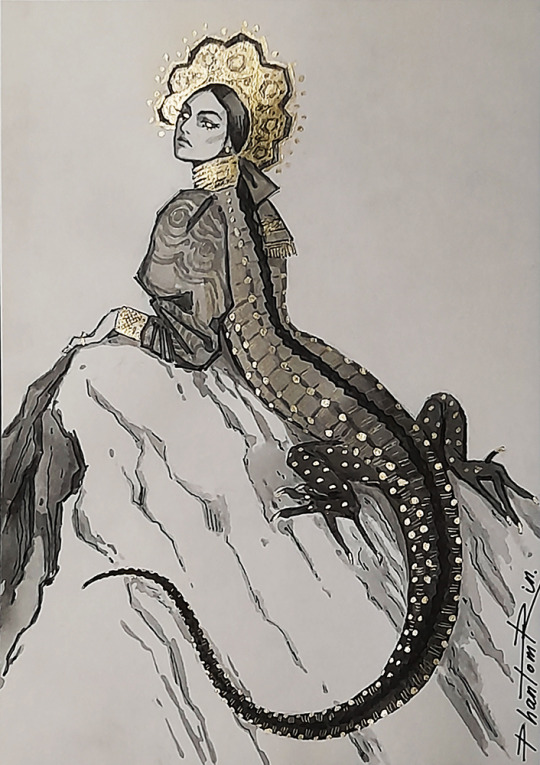
Inktober 2023
Day 18 - The Mistress of the Copper Mountain
"And she herself, she jumped up and took hold of the rock with her hands, then she skipped on to it and started running about on all fours like a lizard. And instead of hands and feet she had little green paws and a tail came out and there was a black stripe that went half way down the back, but the head was still a maid's."
(P.P. Bazhov "The Mistress of the Copper Mountain")
#inktober#inktober 2023#The Mistress of the Copper Mountain#Tales from the Urals#P.P. Bazhov#folklore#folk tales#literature#books#art#illustration#traditional art#PhantomRin
671 notes
·
View notes
Text
so, why do magical girls (when they are depicted with weapons) usually depicted as using weapons of a previous era? there are a hundred fencers, a dozen musketeers, but practically no magical girls with anything used after the first world war.
#possible side project#after project criminal troupe#and project get that one book on russian occultism from the library to see how pre-modern russian folklore and mythology did or did not#influence occultism in the late imperial era
943 notes
·
View notes
Text
Methinks it's time for another poll!
Gonna leave this poll up for awhile, so in the meantime feel free to ask any questions about the Villain or the book in general! I also give blanket permission to any questions about how the book differs from the rough draft (the AO3 fic) and such as well, I got no shame here lol.
4 notes
·
View notes
Text
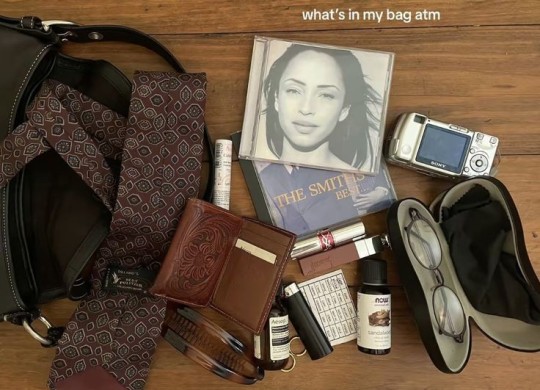
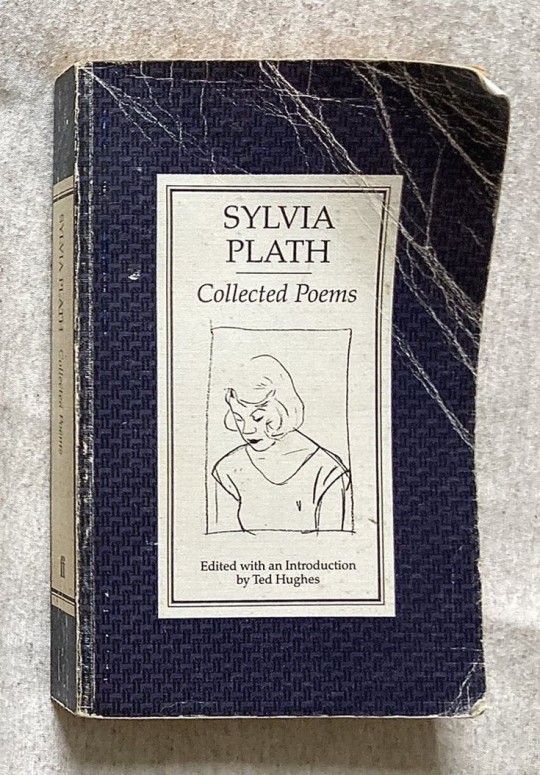

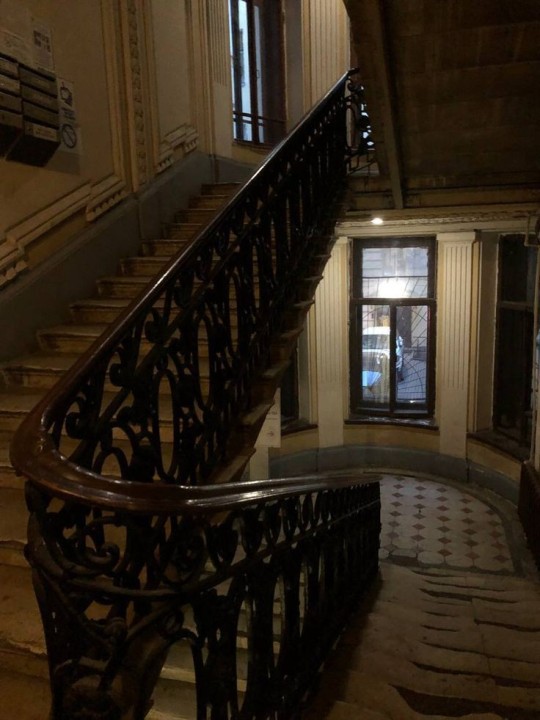
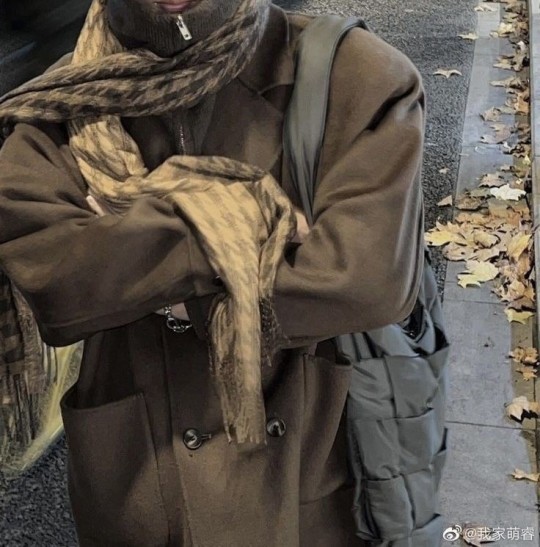
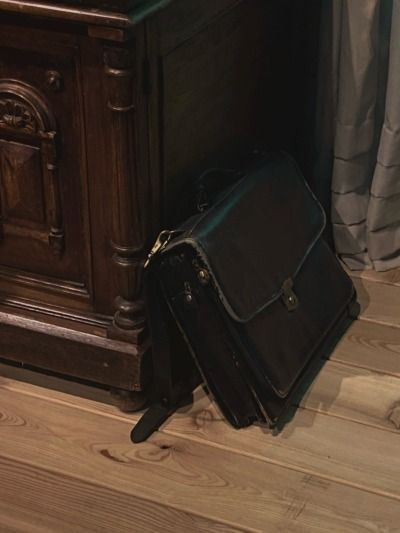

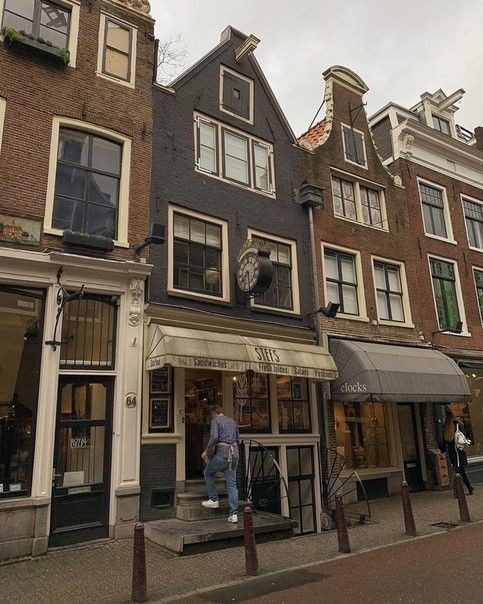

neil perry would've loved folklore
#aesthetic#dark academia#coffee#art#books#academia#college#studyblr#light academia#literature#Taylor swift#Folklore#Evermore#Poetry#Poets#dead poets society#neil perry#todd anderson#Music#Writing#Lyrics
3K notes
·
View notes
Text

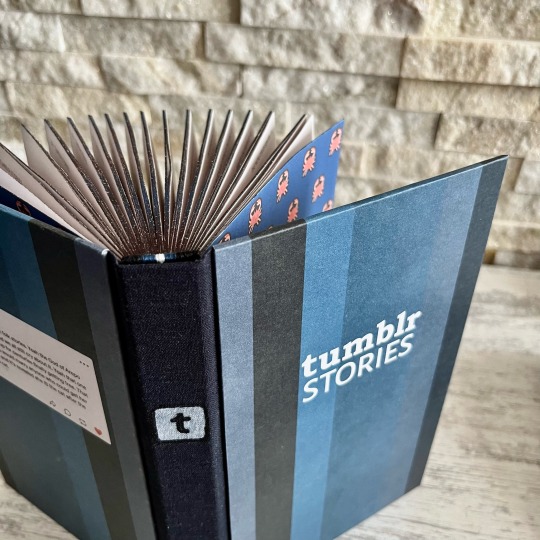

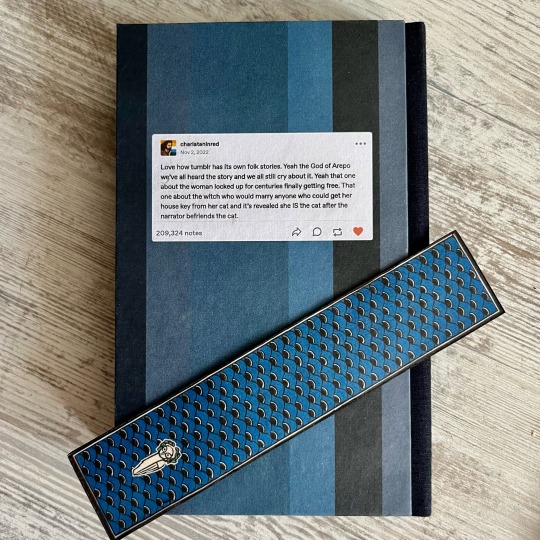

Wonderful @marvinhere over at Renegade Bindery collected a volume of tumblr “folktales”.
Here’s my spin on it!
A three-piece Bradel binding featuring:
🦀 covers in all the fun shades of tumblr blue with the post that started it all on the back cover;
🦀 logo linoprinted on dark blue linen spine;
🦀 crab party on the endpapers;
🦀 my first attempt at sewing double core endbands;
🦀 edges painted to look like ✨space✨
🦀 custom bookmark because more memes is always a good idea, right?
#bookbinding#fanbinding#mythril thread books#tumblr#tumblr folktales#tumblr folklore#renegade bindery#tumblr stories
1K notes
·
View notes
Text



Illustrations from Irish Fairy Tales by Arthur Rackham (1920)
#arthur rackham#art#illustration#golden age of illustration#1920s#1920s fashion#vintage art#vintage illustration#vintage#british art#british artist#books#book illustration#irish folklore#fairy tales#fairy tale#fairytale art#classic art
538 notes
·
View notes
Text
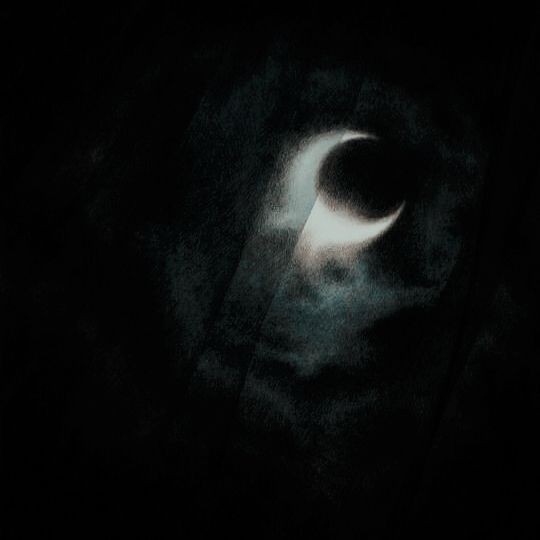
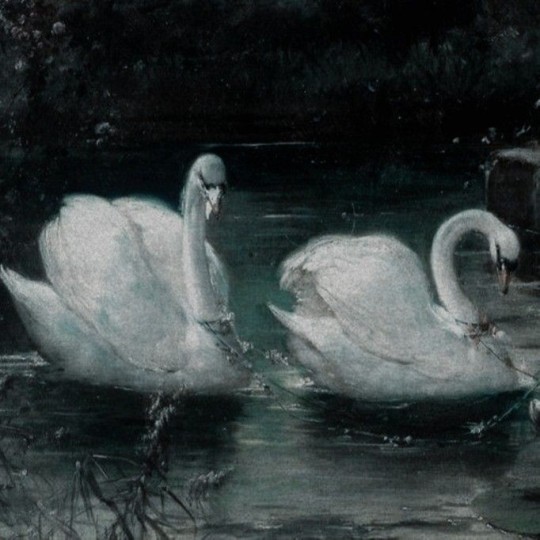
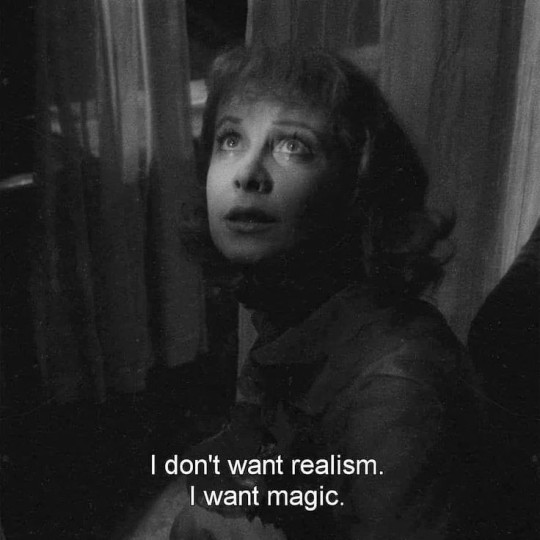

𓂃 ࣪˖ ִֶָ𐀔
#dark academia#moodboard#light academia moodboard#dark academia moodboard#romantic academia#art academia#soft academia#dark academia aesthetic#light acadamia aesthetic#chaotic academia#books#bookworm#dark academia quotes#mystical#fairy aesthetic#coffee#cottagecore#twilight#literature#classic academia#aesthetic#taylor swift#quotes#folklore#studyblr#light academia#grunge#grungy aesthetic#fairycore#vintage
487 notes
·
View notes
